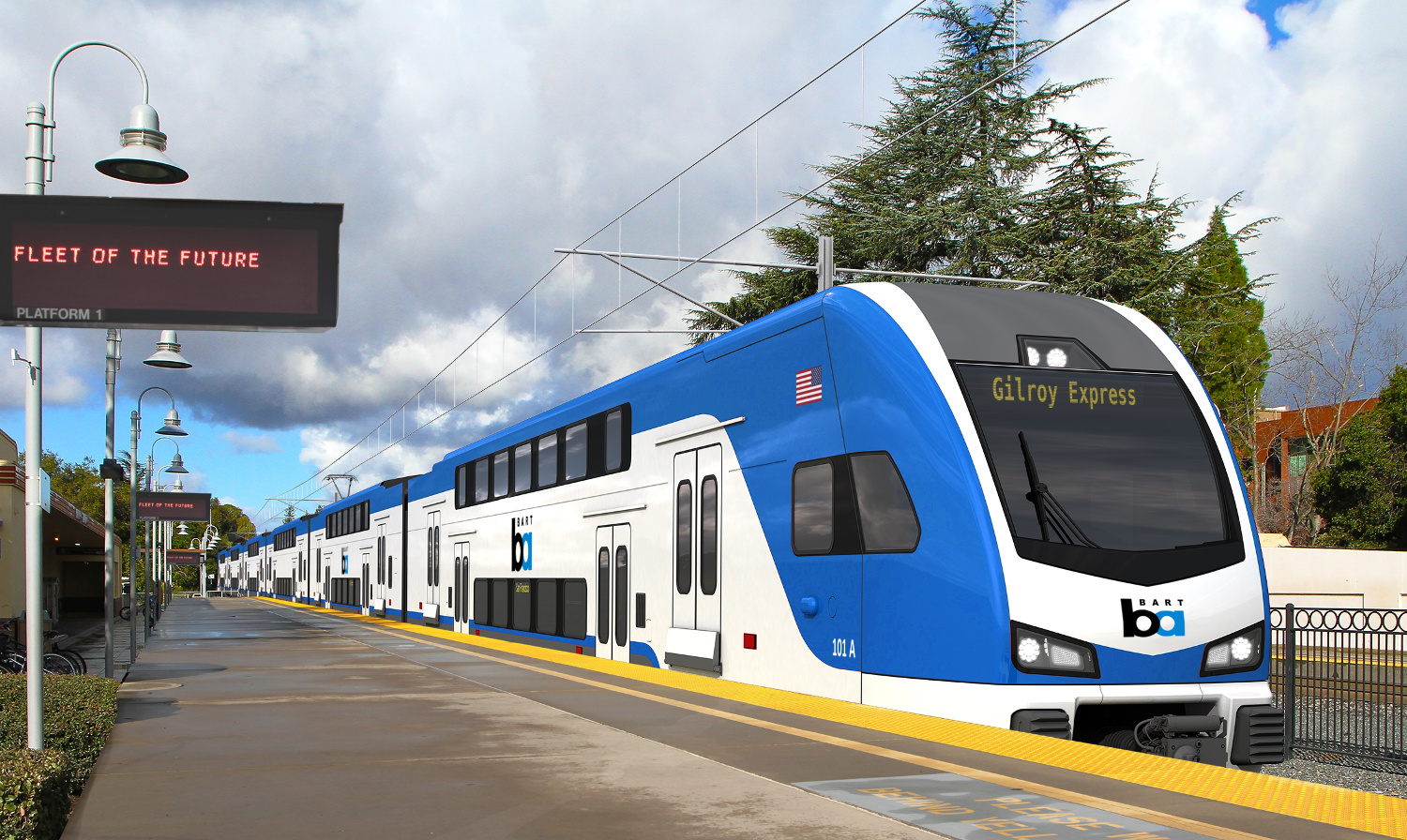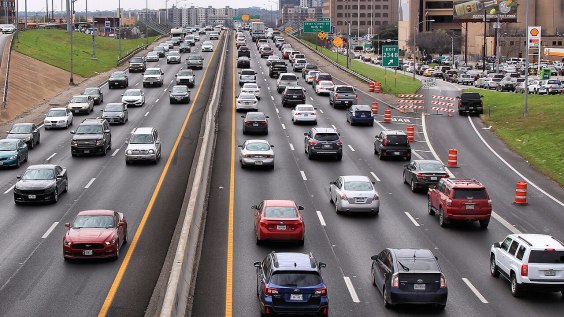It’s all over the news - transit in the Bay Area is in trouble, and needs immediate funding from the state to avoid massive cuts that would disproportionately hurt low-income transit dependent people - and lead to a huge increase in driving.
Transit undoubtedly needs to transform in the Bay Area - and there is no path to transformation without near term funding for transit operations. Legislators must provide significant one-time funding for transit in the upcoming budget to avert service cuts if they are serious about their commitment to transit, equity, and fighting climate change.
However, legislators considering allocating funding are right to be asking for a plan for financial sustainability and ridership growth. It is also reasonable to question whether Bay Area transit, which is delivered by 27 transit independent operators with no requirements for coordination, is optimally structured to deliver the best possible, most efficient service to the public in the near- and long-term.
If there was ever a time to take a hard look at agency consolidations - combining some of our 27 agencies to both improve decision-making, capacity, effectiveness, and efficiency - it is now.
Seamless Bay Area supports a consolidation study as a critical accountability measure to connect with one-time funding from the state.
Despite Bay Area transit agencies’ best efforts to conserve resources, improve service, and be accountable, this crisis is bigger than any single agency. The model through which Bay Area transit is planned, funded, and delivered is not delivering results and is now financially unsustainable. We must use every tool available - including consolidating agencies - in order to set up a transit system that works.
Transit was struggling even before the pandemic. The pace of change is too slow
Transit was not on a growth trajectory before the pandemic, and riders then as now were not satisfied with the fragmented system. Per capita transit use was declining for decades prior to COVID - falling by 11 percent between 1991-2016 - in spite of the fact that the state has identified that increases in transit use are needed in the coming decades to meet our climate and housing goals.
While there has been much talk of transformation, the pace of change is too slow and is itself a threat to transit’s future. Despite riders from all parts of the region demanding a seamless, rider-first system, few real changes have been implemented, and riders are getting frustrated. Most of the initiatives within the Transformation Action Plan, or region’s blueprint for change, like offering free transfers, common wayfinding, or identifying a network of high-frequency transit lines - suffer from extended drawn out negotiation among agencies and take many years to implement due to the lack of region-wide decision-making.
Creating a more convenient, useful transit system for the Bay Area requires more than just sustainable sources of revenue. It also means confronting the region’s fragmented 27 agencies, and introducing effective regional decision-making.
As Seamless Bay Area has argued in the past, putting one agency firmly in charge is one critical change that must happen. Bay Area Transit needs a Regional Network Manager entity with systemwide accountability for public transit - capable of planning and running transit as one network. A unified, empowered institution that centralizes key accountabilities and functions of our 27 transit agencies, including network planning, service standards, fare policy, customer experience, and project delivery is needed if we want to follow the path of successful transit regions like Vancouver, Zurich, or Barcelona.
But in parallel to putting in place a Regional Network Manager, it’s also time for a detailed study of agency consolidations.
Past studies point to significant potential benefits of consolidation
Past regional studies suggest a strong financial and strategic case for agency consolidations. In 2012, an MTC-led Transit Sustainability Project concluded that “integrated transportation policy decision making, across jurisdictions and across modes, can lead to more effective investment and service decisions,” and that Bay Area transit administrative costs are higher than national peers, partly due to having so many operators.
The more recent MTC-led Regional Rail Partnerships Study completed in the past month also identified the potential value of consolidations, particularly of rail agencies (the Bay Area has six of them). It concluded “There are key potential benefits of ‘regionalizing’ some decision making and organizational capabilities” and identified the next step of a future study on setting up a region-wide rail authority.
What might consolidation look like?
There is precedent. Successful consolidations in the Bay Area include the creation of WETA (San Francisco Bay Ferry), which has one of the highest ratings for customer satisfaction levels and level of ridership recovery of any Bay Area transit agency, and the creation of SolTrans in Solano County in 2010.
Seamless Bay Area believes one of the most impactful consolidations to pursue is bringing together BART and Caltrain into a single unified agency with a common, newly established board covering five counties. Such a merger, which should also include assuming responsibility of the region’s major rail megaprojects across the five counties, would enable speedier implementation of integrated service and fares between the two systems (enabling quicker ridership regrowth), improved capital project planning, faster project delivery, and improved agency capacity. Another high-impact consolidation would be bringing all regional bus services within a single agency, in order to provide a unified seamless regional bus and rail network.
What is holding up consolidation?
Transit agency consolidation is a popular idea among the public. In a 2021 poll from Bay Area Council, 86 percent of respondents supported combining BART and Caltrain into one integrated system. A 2020 MTC poll indicated that 63 percent of respondents supported ‘reducing the number of Bay Area agencies by consolidating agencies and services’, with only 31 percent opposed.
Despite the strong evidence of the benefits of consolidation and broad public support, local agency staff and elected officials have historically not championed consolidations, though many privately acknowledge their potential advantages. This makes sense: local agencies couldn’t, even if they wanted to, bring about consolidation on their own - state legislation would be required.
It is therefore up to the state to take action to identify any future path toward consolidation.
The state must call for Bay Area transit agency consolidation study
The time is now for state legislators to call for a consolidation study to identify options, benefits and costs, preparatory to possible implementation.
This is time-sensitive because the Bay Area needs a new permanent funding source for public transit, most likely to be created through a regional funding measure ballot proposition in 2026. A new regional funding measure is the perfect time to implement consolidations, including some of the up-front costs associated with it. Based on past polling, promoting consolidations is likely to help increase support for a ballot measure.
As the state considers one-time funding for transit operations in this year’s budget, legislators can help support a seamless transit system by calling for a consolidation study to be completed over the next year that identifies key consolidation options, benefits, and costs for the legislature to consider implementing.
Without the state’s clear leadership, the question of consolidation won’t ever get seriously considered, despite tremendous potential benefits for riders and our climate. Pursuing consolidation sends a clear message to the public that the region is serious about transit transformation and willing to put in place improved accountability to ensure that every dollar spent on transit can deliver an improved, rider-first, and efficient system.





